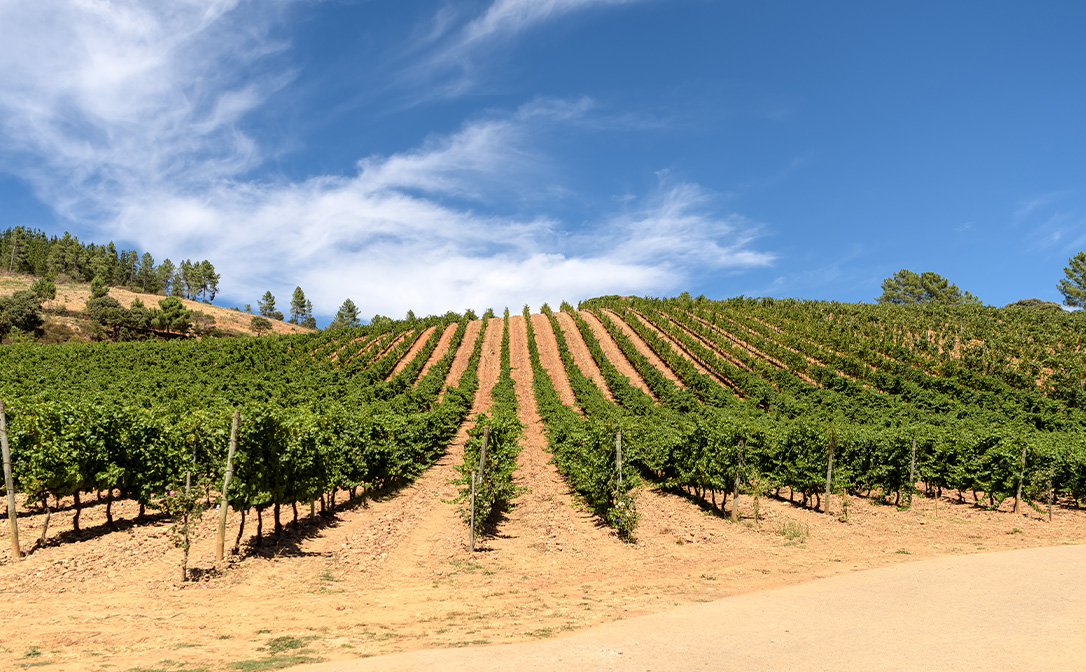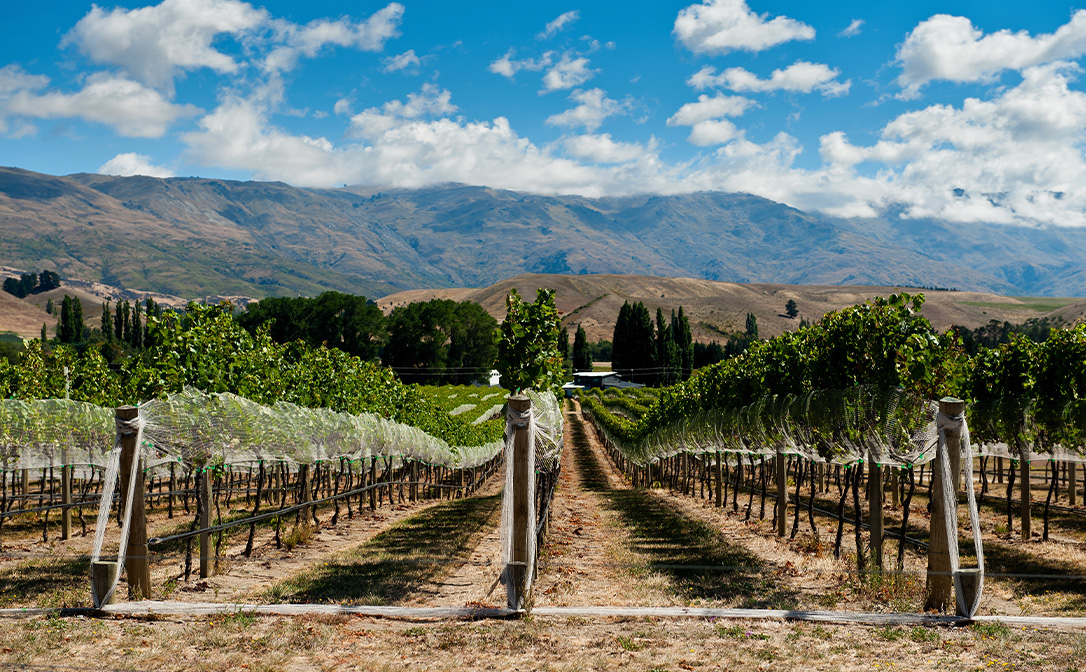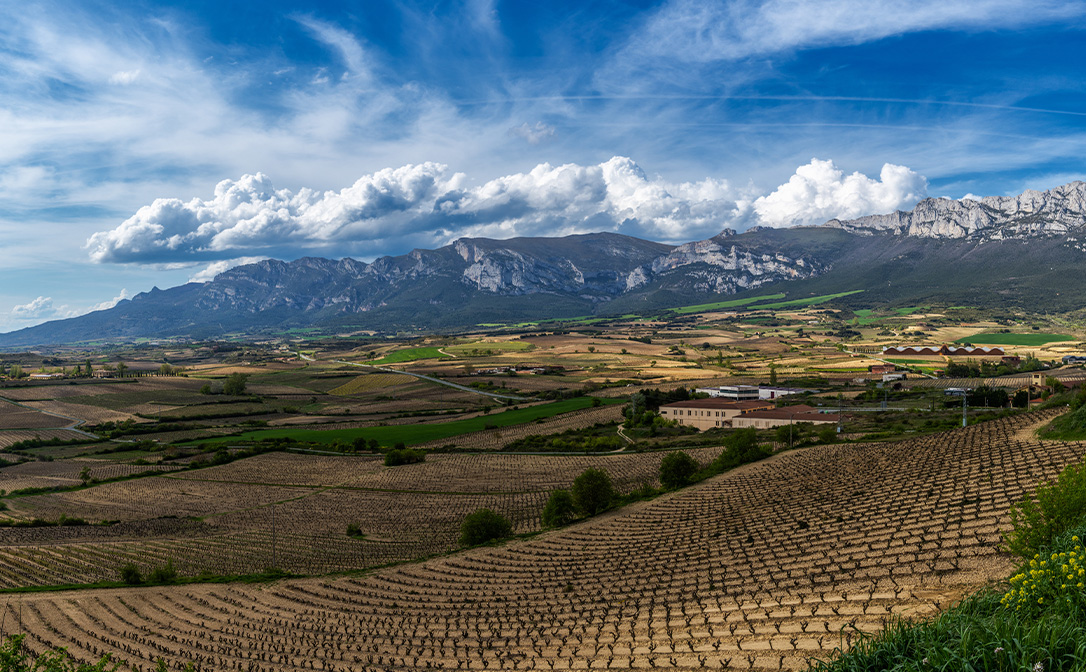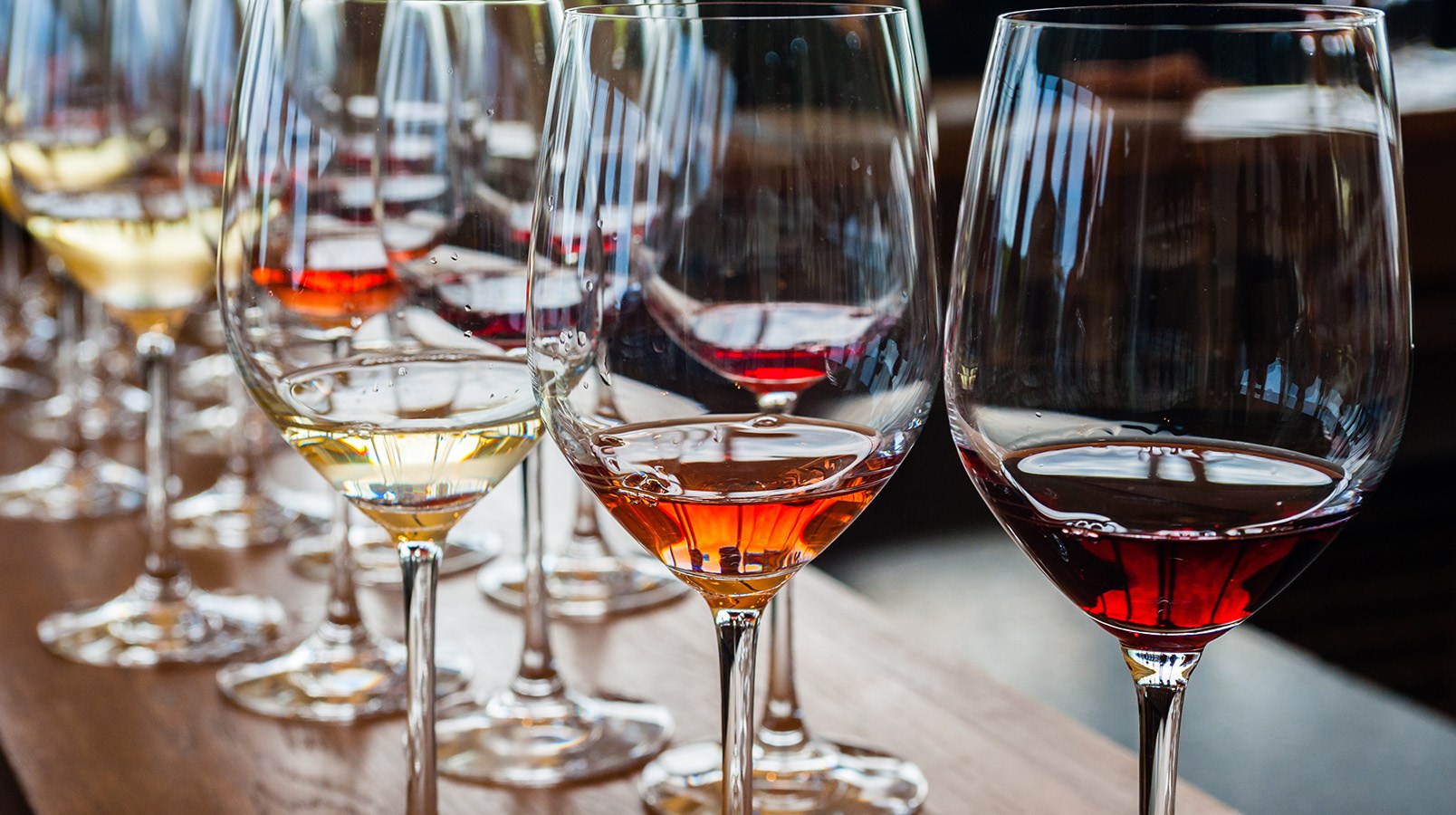Cast your mind back to the last wine you really enjoyed. Was it the aromas or the taste that hooked you? Did it have a full body that grabbed your attention or acidity levels that made you salivate?
Many of us have had a glass of wine so good that the memory of it sticks with us but recreating that experience and finding something similar can be a challenge. That's why we’ve put together this short guide to give you some examples of similar styles and grape varieties so you can continue to seek out memorable wines that fit your taste preferences.
Find out more about our wine qualifications here.
Sauvignon Blanc – Verdejo
Sauvignon Blanc is one of the most planted grape varieties worldwide, appreciated particularly for its fresh, high acidity. If you're a fan of dry, crisp whites, but want to try something a little different, then why not try a wine made from the Verdejo grape?

The cool summer nights in Rueda, are ideal for growing Verdejo and Sauvignon Blanc.
Like Sauvignon Blanc, Verdejo has similar aromatic and refreshing aspects. Some great examples of this wine come from the Rueda region in central Spain, where the whites can be made exclusively from Verdejo or blended with Sauvignon Blanc (if they go well together it is usually a good sign).
Verdejo can produce refreshingly light-bodied, high-acid wines that display flavours of melon and peach.
Riesling – Assyrtiko
If you are a fan of Riesling’s versatility (be honest, you really are) head straight for a wine made from a seriously exciting grape. Assyrtiko was originally just from the island of Santorini but is now grown throughout Greece. It retains high levels of acidity which means it is refreshing but can also age well.
This grape produces dry wines and occasionally is produced as a sweet wine. The dry versions offer citrus such as lime, lemon along with stone fruits such as peach. It can also display a smoky and flinty quality.
In other words, there is something there for every Riesling lover whether you prefer German, Austrian or Australian. When you want to branch away from your love of Riesling, Assyrtiko can also be aged in oak to give a fuller-bodied style with toasty flavours.
Burgundy – Central Otago Pinot Noir
If you’re big on Burgundy, you may have learnt that quality and price vary considerably from bottle to bottle. The classic style has red fruit flavours such as strawberry and red cherry and there can be subtle oak aromas of cloves and smoke in the higher quality ones – over time these wines can develop tertiary flavours of earth, game and mushroom.
If you are looking for a solid alternative that won’t bankrupt you, there are some fabulous Pinot Noirs made around the world. South Island New Zealand’s Central Otago provides a great example - the Pinot Noir made here is medium to full bodied, with medium tannins and has concentrated red fruit flavours such as strawberry and red cherry. And don’t be put off by the stelvin (screwcap) closure which tends to be used on these bottles, they are still capable of ageing and developing complex aromas!

Despite its southerly latitude, Central Otago is where New Zealand’s ripest and most powerfully flavoured Pinot Noir is produced.
Barolo / Nebbiolo – Xinomavro
Barolo and Barbaresco produce some of the most sought-after wines on the market. However, it isn’t just the Nebbiolo grape variety that can produce highly complex, well-structured wines that can age for decades; Xinomavro is a superb alternative.
Like Nebbiolo, the 'Xino’ grape produces a pale-coloured wine that quickly develops into a garnet colour, displaying high levels of acidity and grippy tannins. The best wines are produced from lower-yielding vines and aged in oak and can display aromas of flowers, herbs, spices, leather and earthiness. It is grown across northern Greece, but the best expressions of this grape tend to come from Naoussa PDO.
Red Bordeaux – Rioja
Do you like the variety of aromas of a red Bordeaux? This complexity comes in part from the fact that red Bordeaux is often a blend. Cabernet Sauvignon will give black fruit characteristics such as blackcurrant, Merlot more red fruit like red plum, and Cabernet Franc can add a wonderful herbaceous note like blackcurrant leaf.
These aromas are complemented by the use of oak on age-worthy wines which adds its own complex range of aromas including cedar. On top of this, the best wines age in bottle for even greater complexity.

La Rioja Alavesa is one of three sub-regions of Rioja
Why not go for another famous red blend such as Rioja from Spain? The complexity here is achieved through a mix of grapes as well. Tempranillo offers raspberries and black plums. Garnacha offers more red fruit such as strawberries. Others such as Graciano can add a little black fruit too. Oak then allows for greater aromatic variety as does ageing in bottle. The combination of these ageing options results in aromas such as dried fruit, mushroom, cured meats, vanilla and coconut.
Prepared by Alex De Cata, Senior Business Development Manager – EMEA.


